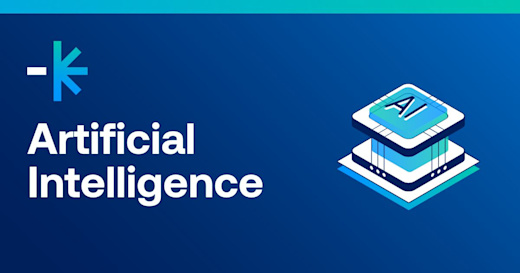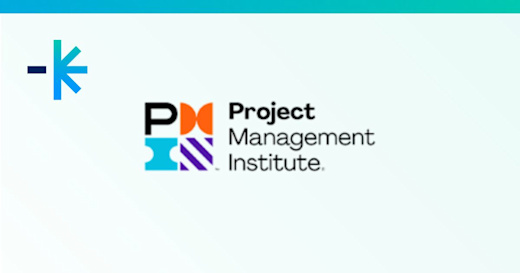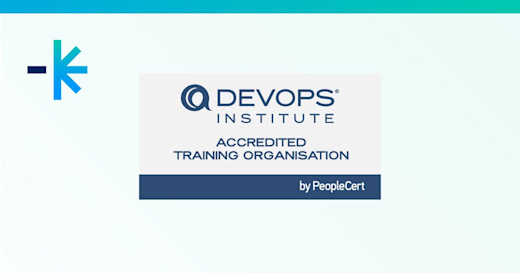Lumify educator and agile service management consultant Rose Dyson explains why ITIL® 4 is a game-changer for the IT industry.
As anyone working in ITSM will know, we’ve been waiting a long time for ITIL 4 to arrive. It’s finally here at long last – but was it worth the wait? For me, the answer is an emphatic yes. But before we dive into what’s changed for the better and why, let’s remind ourselves why this recalibration of ITIL was so desperately needed.
It’s been 30 years since ITIL’s earliest incarnation was released in the wake of the Digital Revolution, introducing the world to a much-needed framework that would align IT services with the needs of businesses. In the space of a few short years, ITIL changed the face of IT service management globally and became the international standard for IT best practice.
But as the way we do business has evolved, the limitations of ITIL’s previous iterations have become harder to ignore. We’re now in the midst of a Fourth Industrial Revolution (4IR), characterised not by tech breakthroughs (although they’re still coming thick and fast) but by how IT can facilitate better communication and connectivity. In other words, it’s about humans and how we’re harnessing technology to enhance and improve the way we live and work.
4IR has given rise to a new set of consumer expectations and a corresponding new set of rules for businesses wanting to engage with those consumers. We demand so much more now from our digital experiences: more convenience, more efficiency, more flexibility. Customer experience has been foregrounded like never before. As a result, businesses need to move fast and constantly innovate if they want to compete.
This need for greater business agility is fundamentally at odds with ITIL v3’s rigid, process-driven methodology. It’s no wonder that progressive IT departments have found it difficult to reconcile the adoption of cross-team collaboration, iterative design and agile development practices with ITIL v3’s sequential Waterfall model and conventional ‘test-at-the-end’ approach.
Fortunately for us, Axelos has been paying close attention. ITIL 4 is steered by a 2000-strong community of practitioners from across the IT industry, who have adapted its classic framework to make it fit-for-purpose and 4IR-ready. Here’s my take on the key changes and how they’re set to transform the way we all work.
Three ways ITIL 4 will transform the way you work – for the better
1. It now plays well with others.
One of the most common complaints about ITIL v3 was its lack of compatibility with other, more modern frameworks and its tendency to segregate IT from the rest of the business. ITIL 4 addresses this criticism head-on by providing recommendations around how ITIL can be applied in conjunction with DevOps, Agile and Lean methodologies to create a more well-rounded and contemporary ITSM tool. By embracing an iterative approach and prioritising resilience over stability, Axelos has made ITIL relevant again and removed the friction that existed previously.
What this means for ITSM practitioners is that we get the best of both worlds. ITIL 4 is infinitely more versatile, retaining much of what made the previous version valuable while also enabling you to work faster, work smarter, and benefit from the collaborative, human-centric approach that comes with DevOps-style thinking.
2. There’s a bigger emphasis on customer satisfaction and feedback.
We live in a world where customer experience can make or break a business and brand reputation takes years to build but can be toppled in an instant. ITIL 4 recognises this and provides direction on how to provide a better experience for customers through continual service improvement, listening to your users and being swift to act on any issues.
What this means in the long term is happier customers, positive brand perceptions and ultimately, a healthier business bottom-line. This, of course, means greater recognition for the individuals who are driving this added value and, ultimately, more investment in the company’s IT talent and systems.
3. It promotes integration and a more collaborative workplace culture.
We’re all familiar with the outdated trope of the IT department, hidden away from view and only being called upon when there’s a problem to solve. ITIL 4 champions the importance of IT being organically integrated with other business-enabling functions, rather than a business support function to call in when things go wrong. Within the new framework, all business functions collaborate on the value co-creation for themselves, the business and their stakeholders.
ITIL 4 provides recommendations around communication and how to improve cross-team collaboration so that IT has improved visibility across the business, creating more empowered and effective ITSM practitioners with more opportunities to be heard and affect positive change within your business. Put simply, ITIL 4 places IT front and centre of business operations – where it truly belongs.
Time is fast running out for organisations who’ve failed to embrace modern IT methodologies and have hidden behind the safety of conventional ways of thinking. The release of ITIL 4 heralds a huge turning point for IT service management. It’s a framework for the future – and it looks very bright indeed.
Want to learn more about ITIL 4? Find out more and browse our ITIL 4 accredited courses here.






